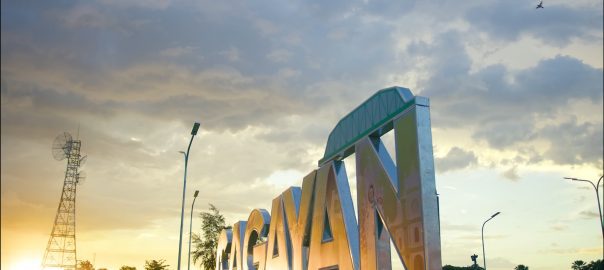Written by: Danizze T. Adviento
For many travelers, the lure of the Amianan lies solely on the cultural heritage of Ilocos or the peaceful sanctuary of Cordillera, and the biodiverse coasts, mountains, and forests that engulf them. Yet, unbeknown to most locals and travelers, there is a region adjacent to these two famed destinations that has been silently cradling an underrated gem, a less-explored jewel — Cagayan.
Firstly, this is not Cagayan de Oro. Cagayan is a valley province on the far northeastern point of Luzon, slumbering on the foothills of the Sierra Madre and Cordillera mountain ranges, with an intimate proximity to Ilocos. History would tell us of the rich cultural relations between these three northern regions–from the languages they speak, to the migration and intermarriage of their inhabitants, and the products they traded.
Hence, it’s time to unfold your map, and make your way through the Smiling Land of Beauty, Cagayan.
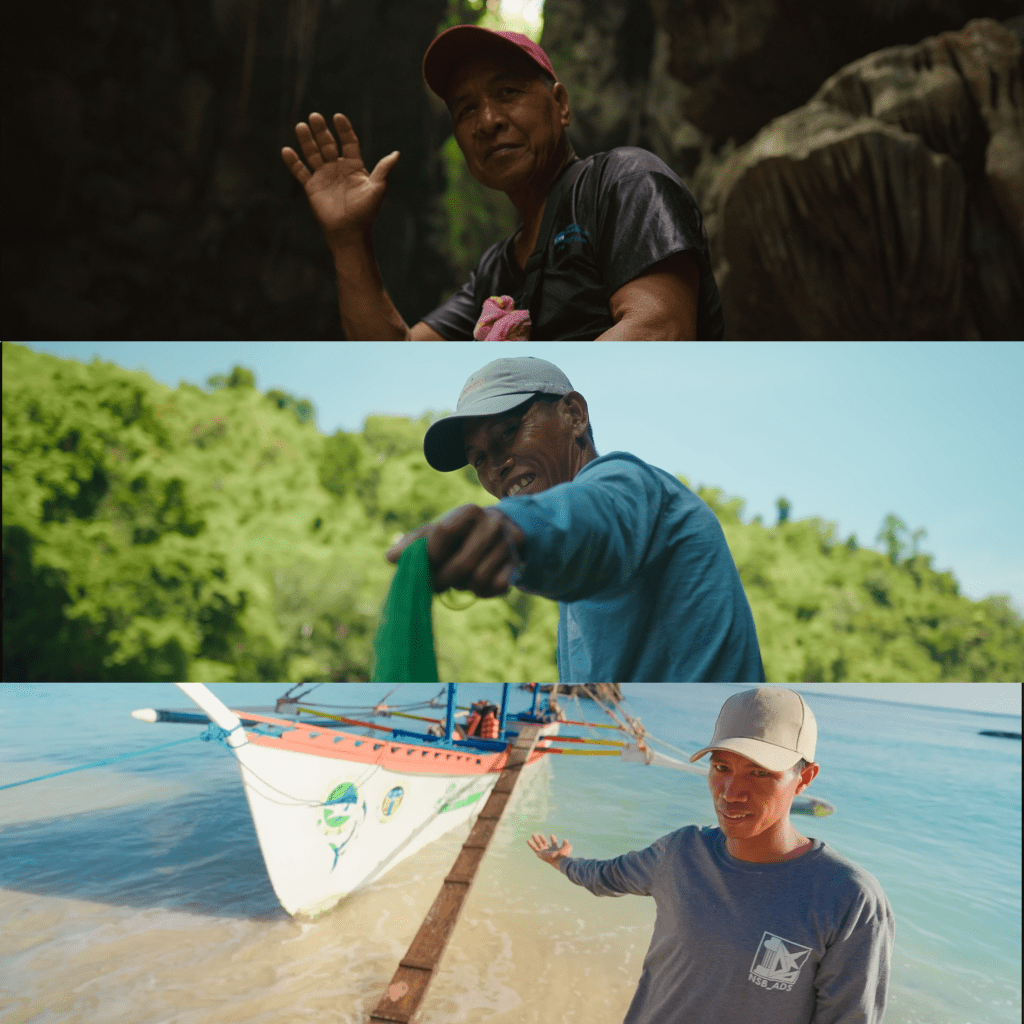
Whisper
Shhh, silence.
Jumpstart your journey with a one-hour hike, and immerse your senses in the natural contours of the valley, as seen from this horseshoe bend viewpoint known as Allahiban in the Peñablanca Ridge.
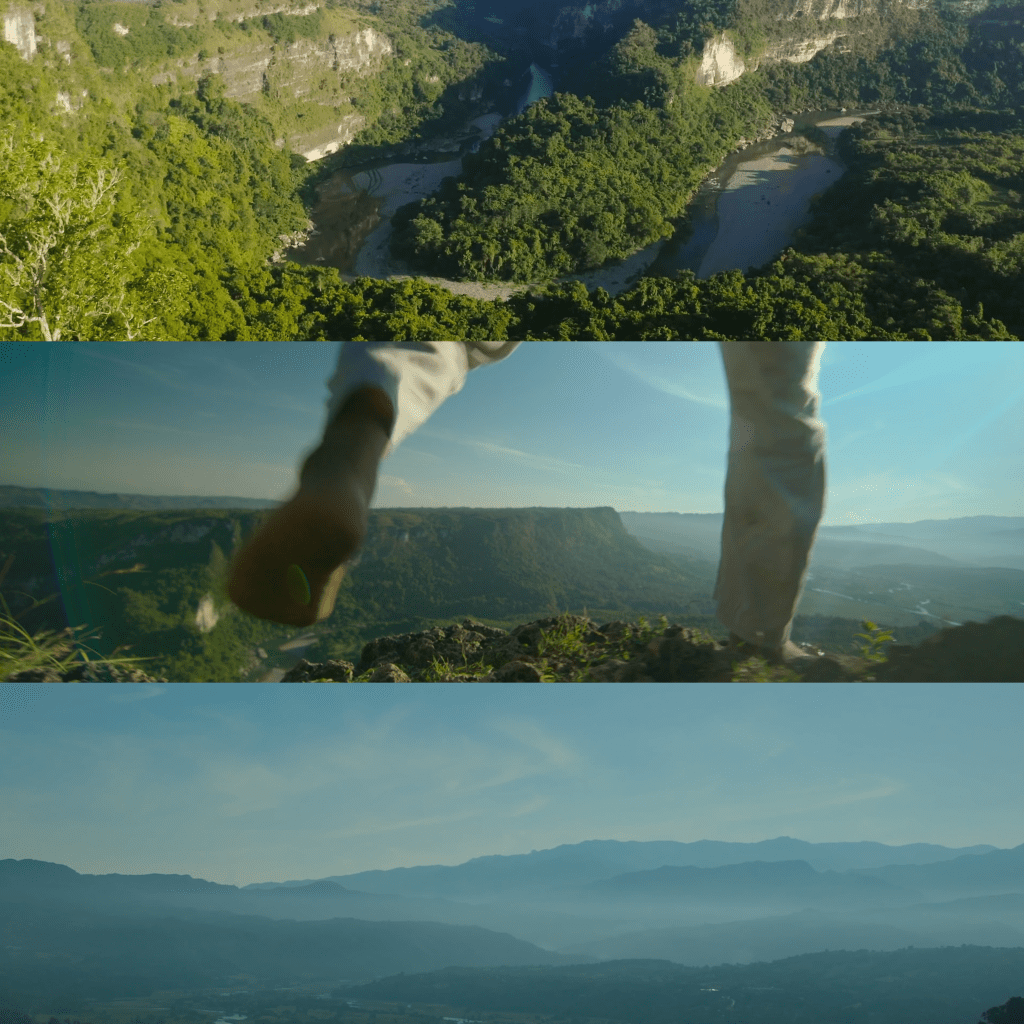
Then, in the same town, head on to Callao Eco Niche and Conservation Park. Hear the faint murmurs of the past, of the ancestors of modern humans that dwelled here as early as 700,000 years ago.
It was under the rocky floor of the Callao Cave that researchers discovered the fossils of the prehistoric Homo Luzonensis and other archaeological artifacts, which marks this 25km limestone cave complex as a vital archaeological site (Margaritoff 2019).
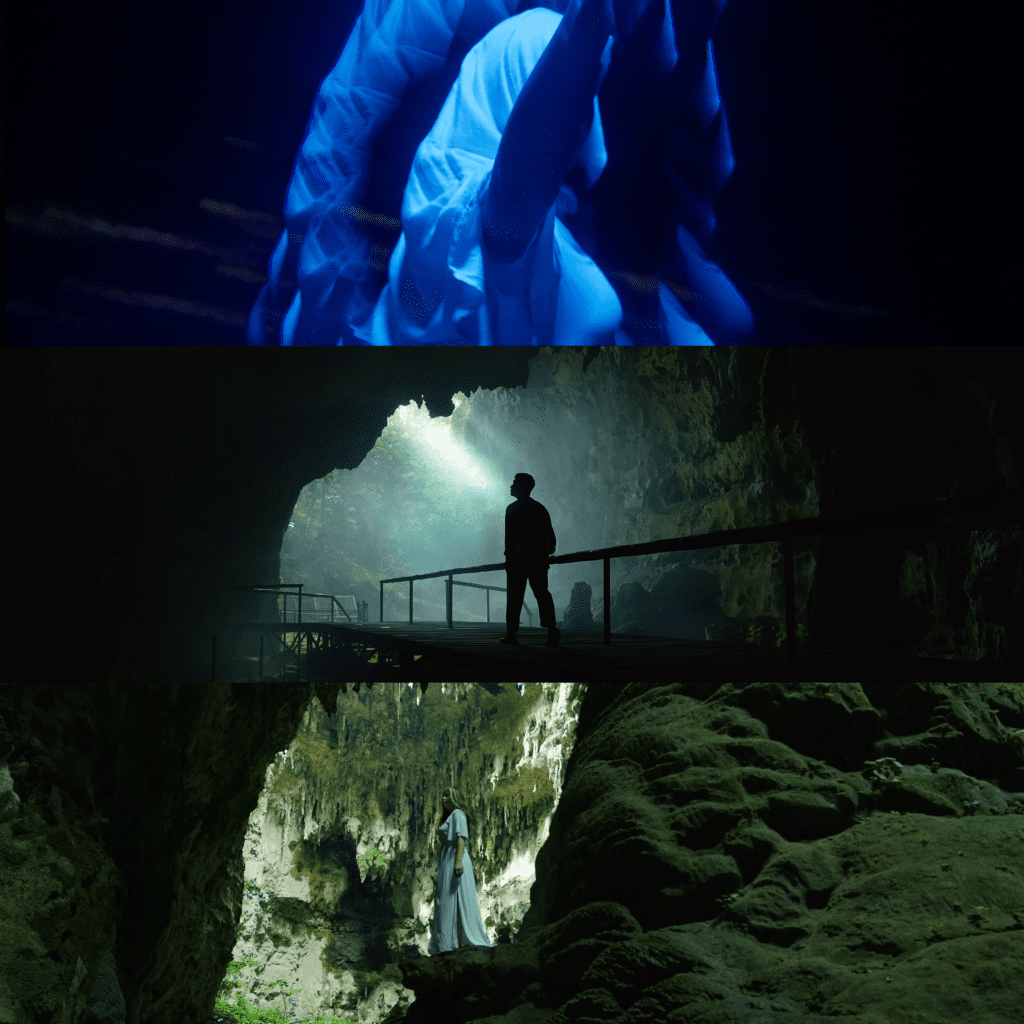
I first visited Callao Cave when I was 9 years old, and all I could recall is the hundred stairsteps I needed to climb. Indeed, it is easy to see these caves as picturesque chambers, but it takes an even deeper mindfulness to see through its walls, and connect with our bygone humanity.
During the administration of Don Gonzalo Ronquillo de Peñalosa (1580-1583), the province of Cagayan in the island of Luzon, opposite China, was first pacified by Captain Joan Pablos de Carrion, who founded there a Spanish colony, which he named Nueva Segovia. He also drove a Japanese pirate from that place, who had seized the port with some ships, and fortified himself there.
See the remnants of our colonial past through a few centuries-old churches, religious relics, and in the lived realities of its people.
For instance, visit the Basilica Minore of Our Lady of Piat where Catholic pilgrims venerate the 16th-century brown Madonna, Our Lady of Piat or whom we adore as “Apo Baket” (Venerable Matriarch) or “Yena Tam Ngamin” (Mother of Us All).
Finally, come by the Cagayan Museum & Historical Research Center in Tuguegarao City to see the various exhibitions they curate, and get a deeper grasp of our heritage.
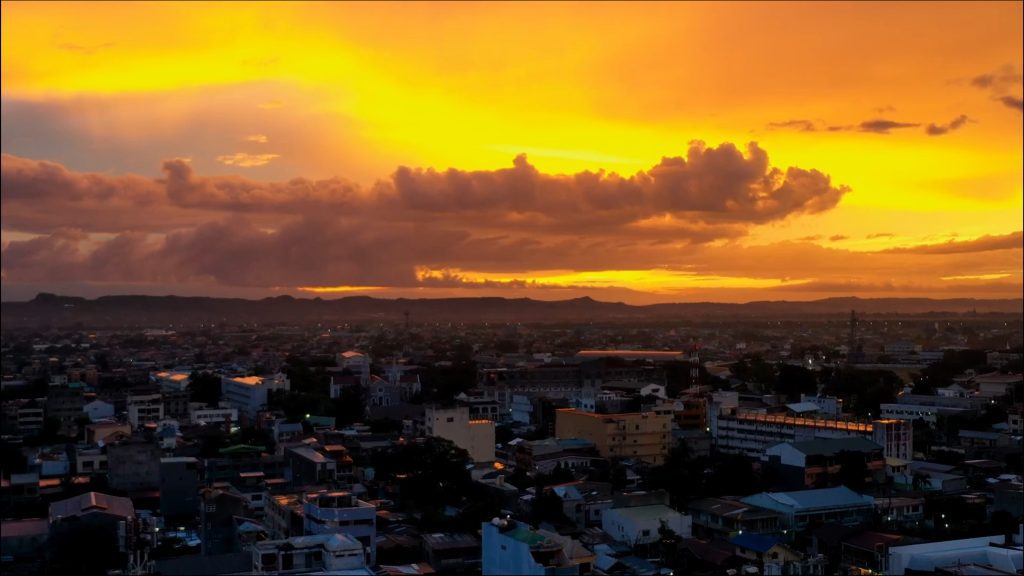
Whirlwind
From the soft surviving whispers of history, let’s embark into the whirlwind adventures in the interiors of the valley.
Hit the brakes and stop by the Visitor’s Pavilion in Nassiping, Gattaran. Sip a cup of brewed coffee, and shop locally-made products at the One-Town-One-Product Hub, or inhale some forest atmosphere in the Eco Tourism Park.
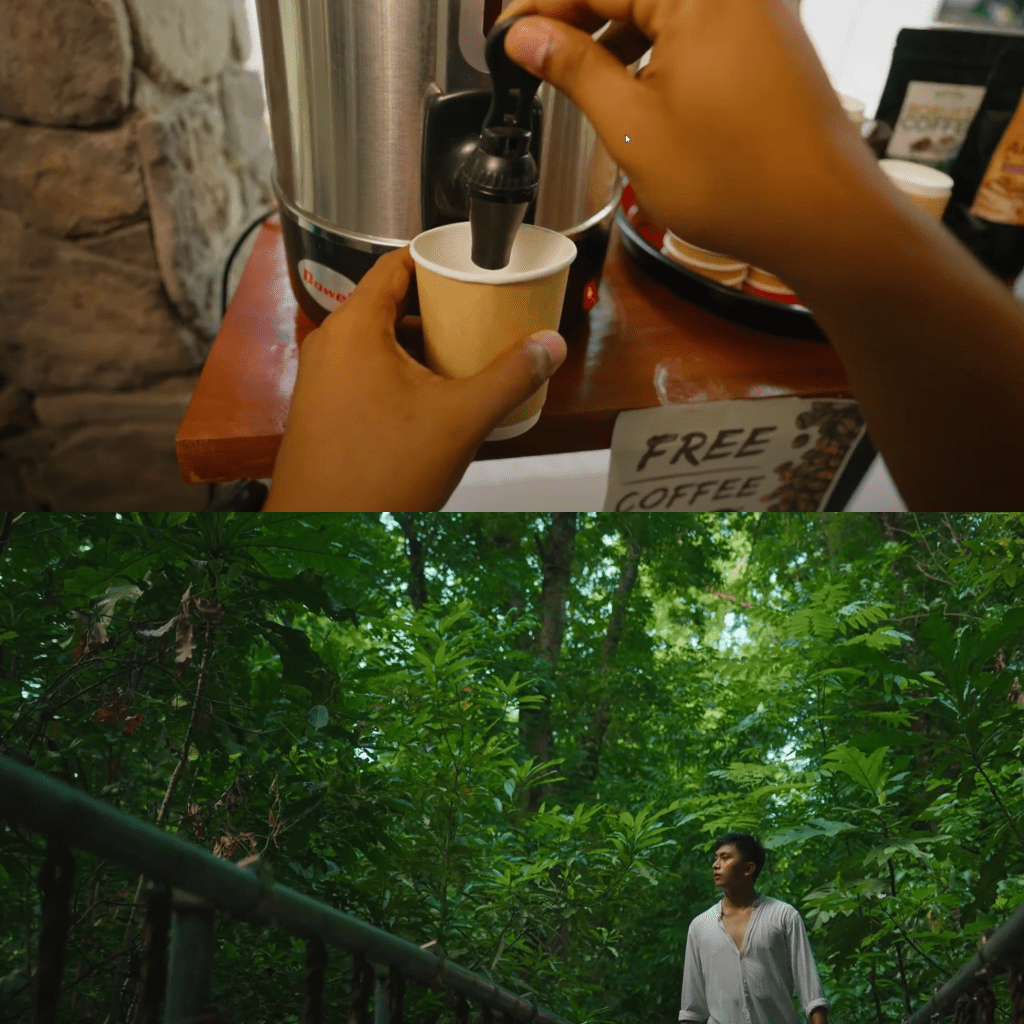
Trek your way to Baggao’s caves, falls, rivers, canyons, and hot springs. You name it, Baggao has it.
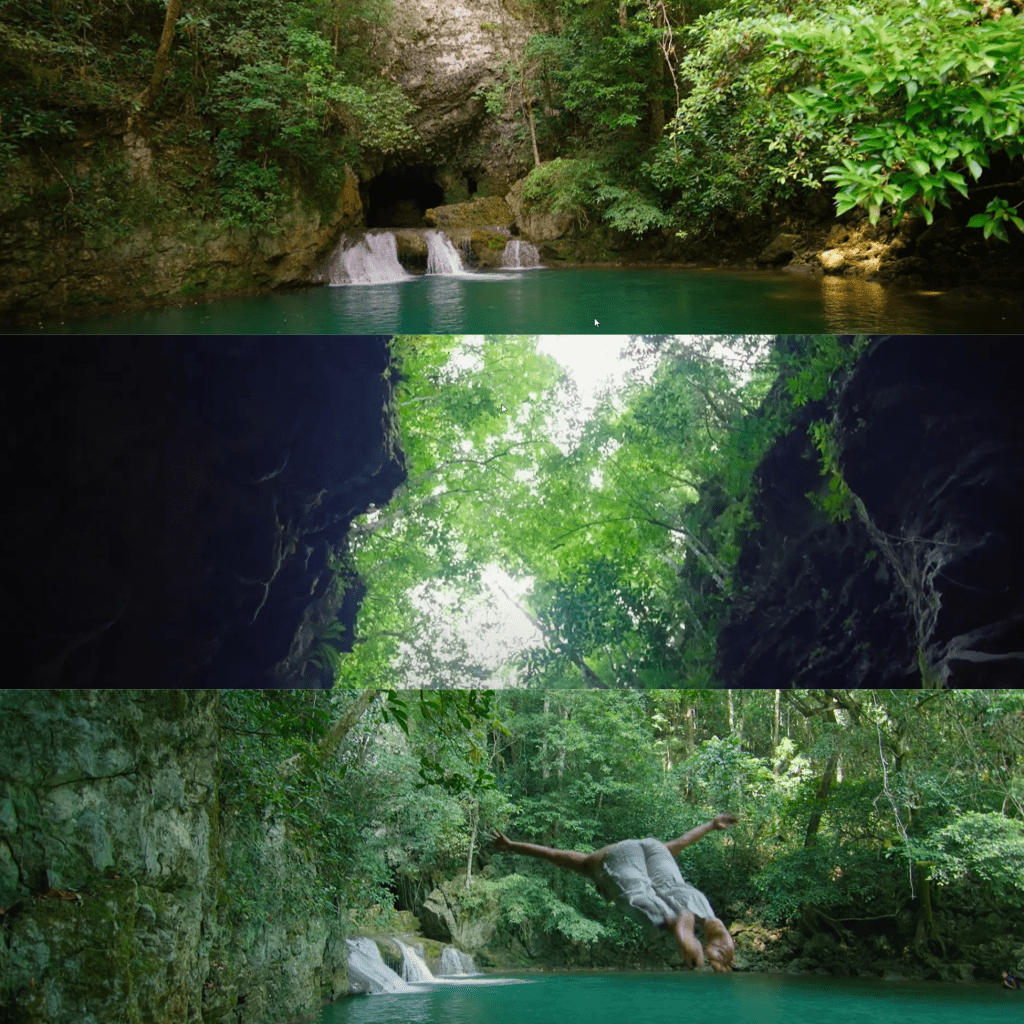
Head further downstream to the towns like Buguey, Gonzaga, and Sta. Ana where beaches and islands range from cream, black, and rocky, to fine, white, and pristine.
“Di ba may mga beach din dun sa Cagayan?” (Aren’t there beaches there in Cagayan too?), says the tourist I met while dipping in the cool blue waters of Boracay a few days ago. Proudly I replied yes. Then the lady continued telling me how Boracay was so different twenty five years ago since she first visited the island. Then, I pondered on the fact of how the influx of tourists can drastically transform a place for better or for worse.
Perhaps, now is the best time to visit less exploited paradises in the country where there’s still less intervention, crowd, and noise.
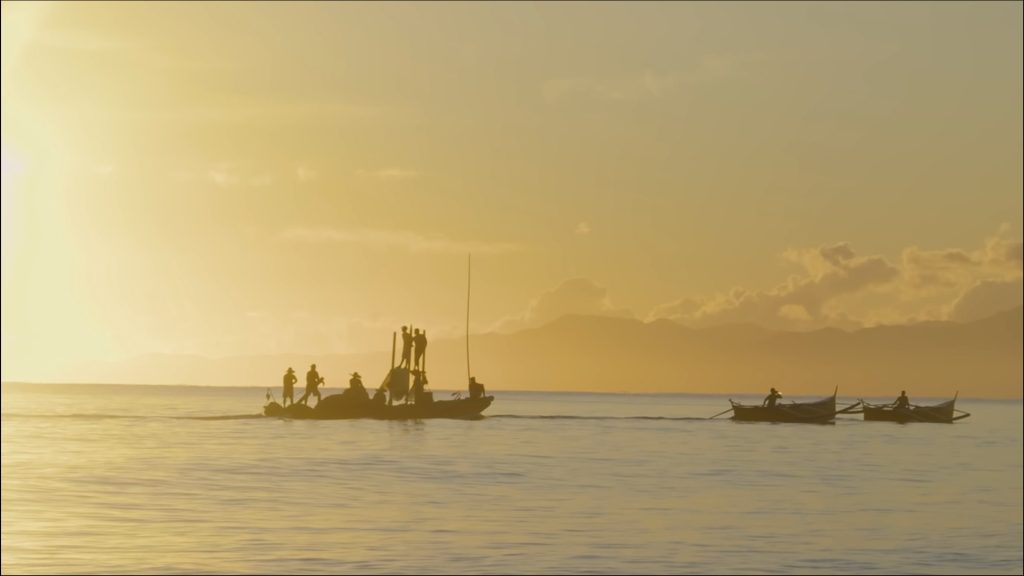
I fondly remember the last time I was in Sta. Ana, I was a burnt-out, cramming, barely surviving fourth-year student. After a whole night of enjoying the beach, basically forgetting about my deadlines, I forced myself to get up at 3 am, and deal with my reality. I sat there in the nipa hut, my face lit by my computer’s monitor, and with every key I pressed, the beat of the waves lapping onto the sands comforted me.
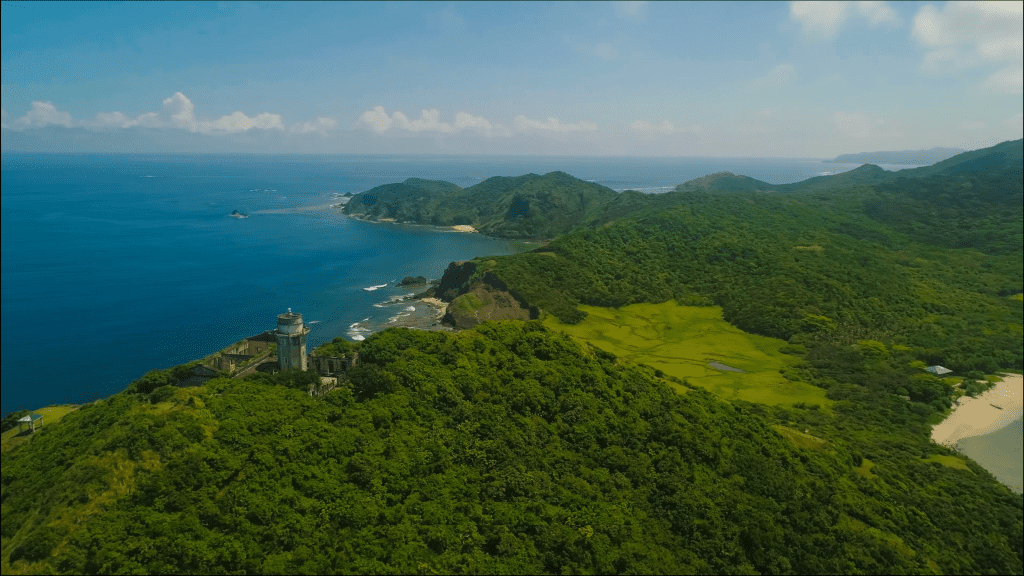
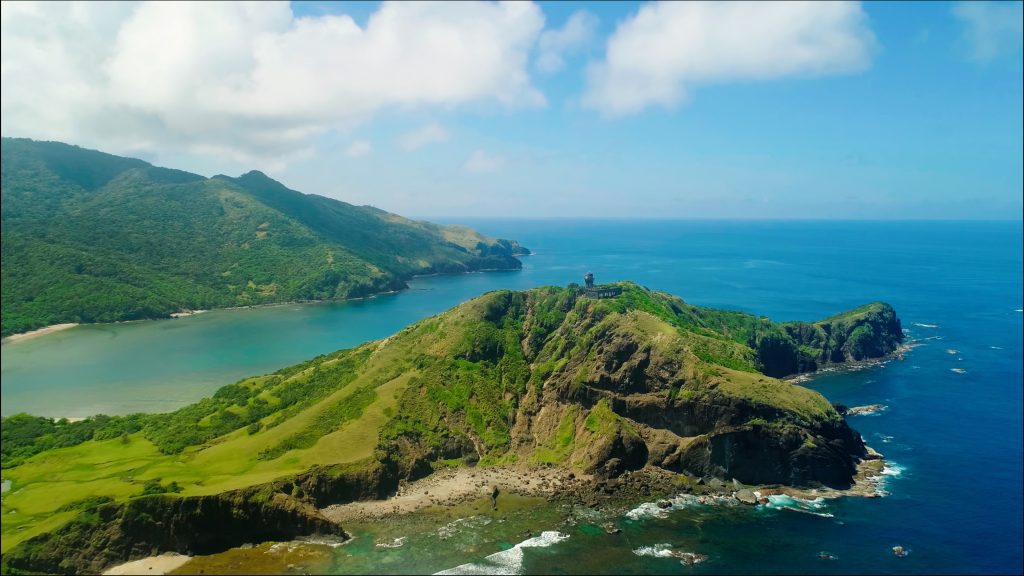
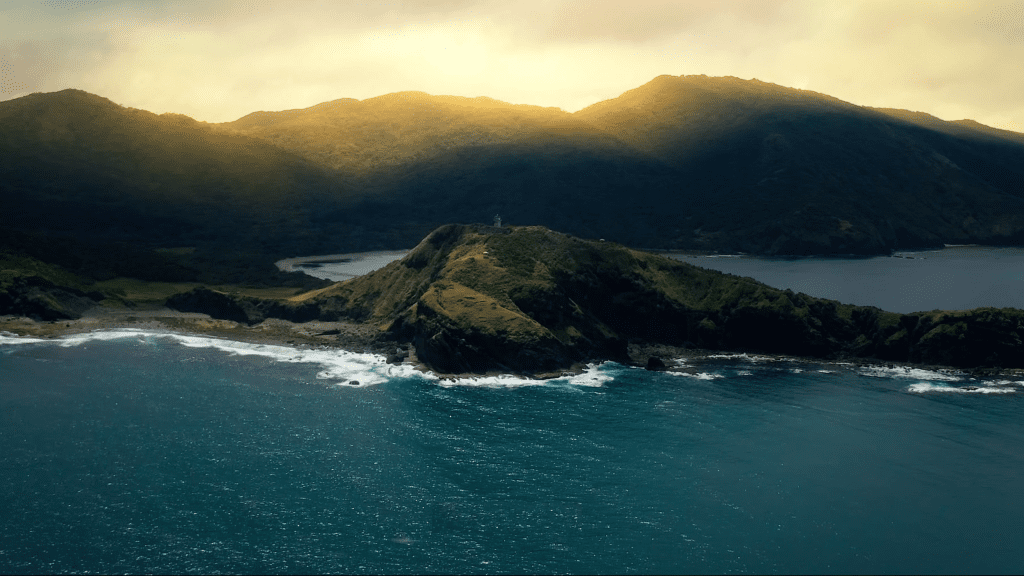
I barely scratched the surface of Cagayan’s wonders. Every locality here has something to offer, and we Cagayanos need to start asserting and reclaiming that pride and love.
I remember as a grade-schooler, I would lead the flag ceremony and sing … “Cagayan, my valley home is dear to me…” Then all my schoolmates in their white blouses and navy blue skirts would sing with me. Who would have thought this chorale of children, clever yet unknowing, would grow up blind and deaf from the splendor of their own home?
Luckily in college, I gained a newfound awe and interest in my home province. I encountered historical texts that gave me a glimpse of how colonizers gazed at Cagayan. I am still astounded by the great potential we have.
… in a province called Cagayan … It is the frontier of China, and much benefit is expected from its settlement—for it is the best-situated port, with a harbor of greater depth, for the ships which sail in the line from Nueva España and Peru; and it is so near to China that one can cross thence in three days.
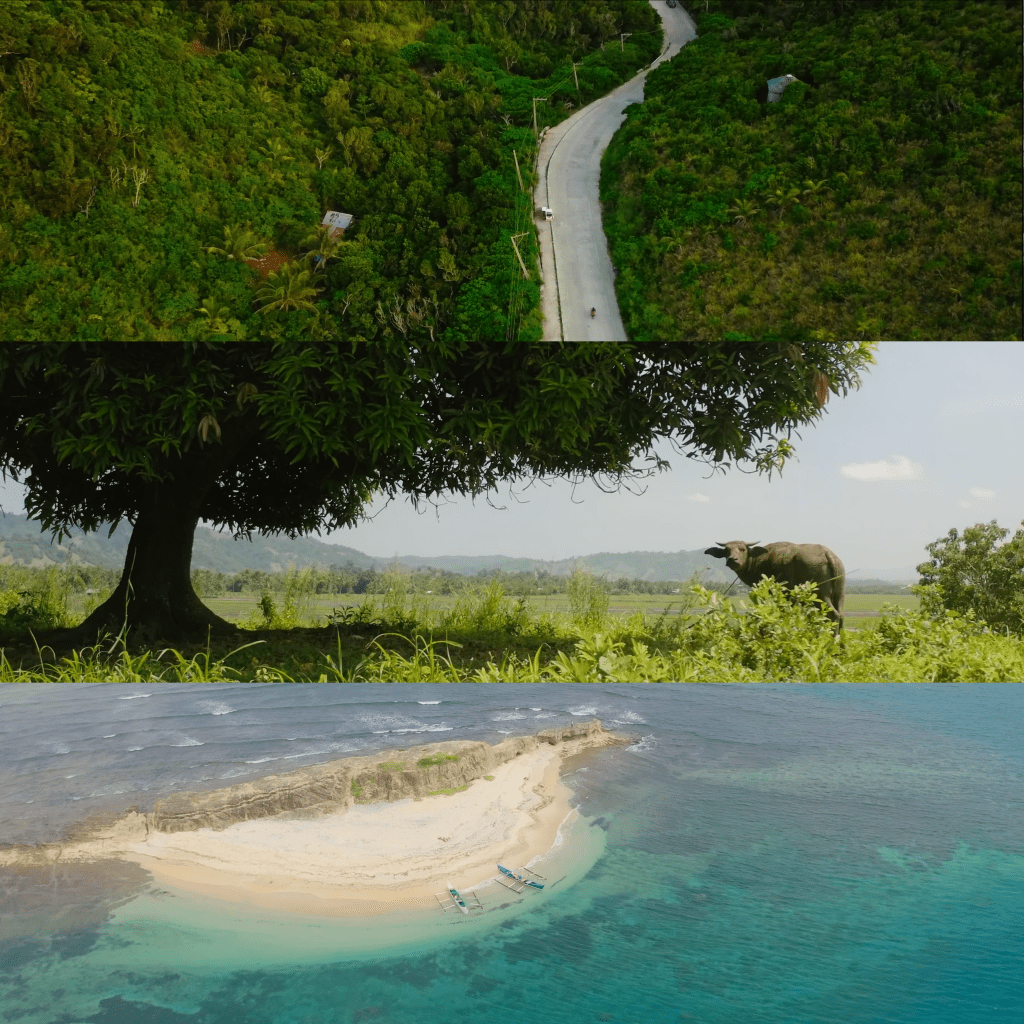
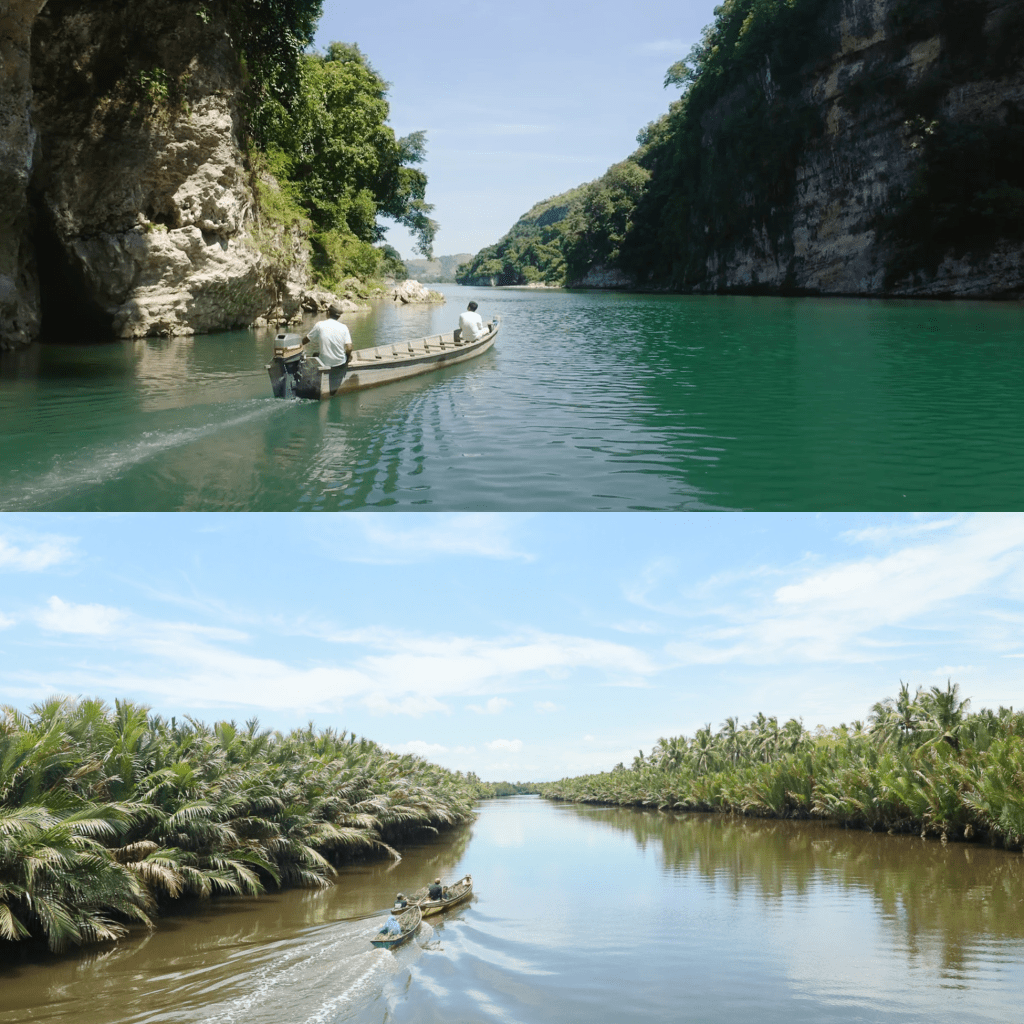
At the moment, there’s only a light breeze that ripples the surface of our waters, and rustles the trees on our coastal shores, and just enough warmth to ablaze our tourism industry.
But soon, seasons will change.
People will go the distance, paddling north, and following our rivers out to the sea.
They will be breathing the north wind beyond Ilocos and Cordillera; letting it steer them to the mountains, plains, and seas of Cagayan.
Because against the howling blows of the rivalrous tourism industry, the north wind shall prevail.
*The featured photographs are stills from our film entry “Kulibangbang” in the Tourisinema de Cagayan 2022.
References
Blair, Emma Helen. 2005. “Letter from Peñalosa to Felipe II.” In The Philippine Islands, 1493-1803, Volume V. Accessed Feb 15, 2020. Retrieved from https://www.gutenberg.org/cache/epub/16501/pg16501-images.html.
de Morga, Antonio. 1907. History of the Philippine Islands. Accessed on January 18, 2023. Retrieved from
https://www.gutenberg.org/cache/epub/7001/pg7001.html.
Margaritoff, Marco. 2019. “Meet The Hobbit-Like Early Human Ancestor Known As Callao Man. Accessed January 14, 2023. Retrieved from ”https://allthatsinteresting.com/callao-man-homo-luzonensis.

